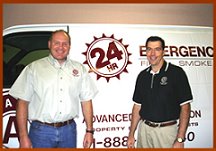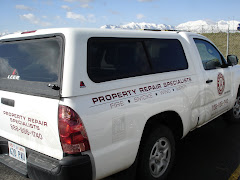
The life of a tree can very anywhere from 75 years to centuries old. If you are unsure if your tree is sick, there are a few signs that will help you determine your next step.fungus, disease or even old age can cause a tree to die. If your tree stops growing new leaves or if they are sporadic you should have your tree tested, other signs of a dying tree is brittle and pealing bark, loss of tree limbs or if the trunk is spongy. some diseases and fungi can be cured by an arborist.
if you need to remove a tree whether it is sick or just getting in the way, you should have a professional take it out. A tree needs to be taken out in sections so not to cause any structural damage to nearby homes, building or power lines. Advanced Restoration with any tree removal and have specialist that can repair any property damage as a result of a fallen tree.
If you want to get creative and add a unique quality to your garden, you can leave the stump and incorporate it as part of the landscape. Carve the remaining tree stump into a sculpture then treat it with a wood preservative. You can also have it hollowed out and use it as a planter. If you are into keeping a compost pile incorporate the stump, the pile will help the stump decompose faster.



